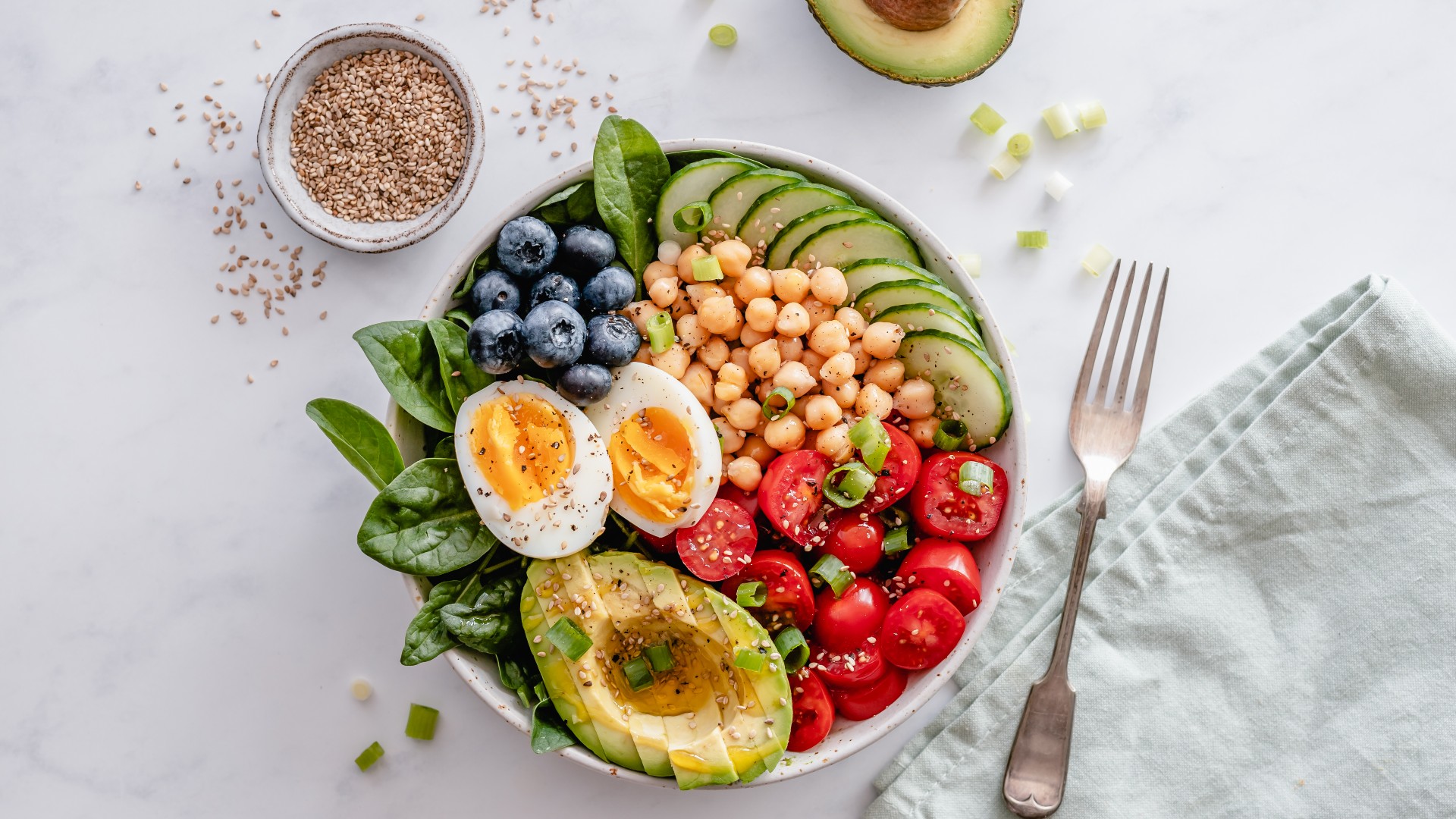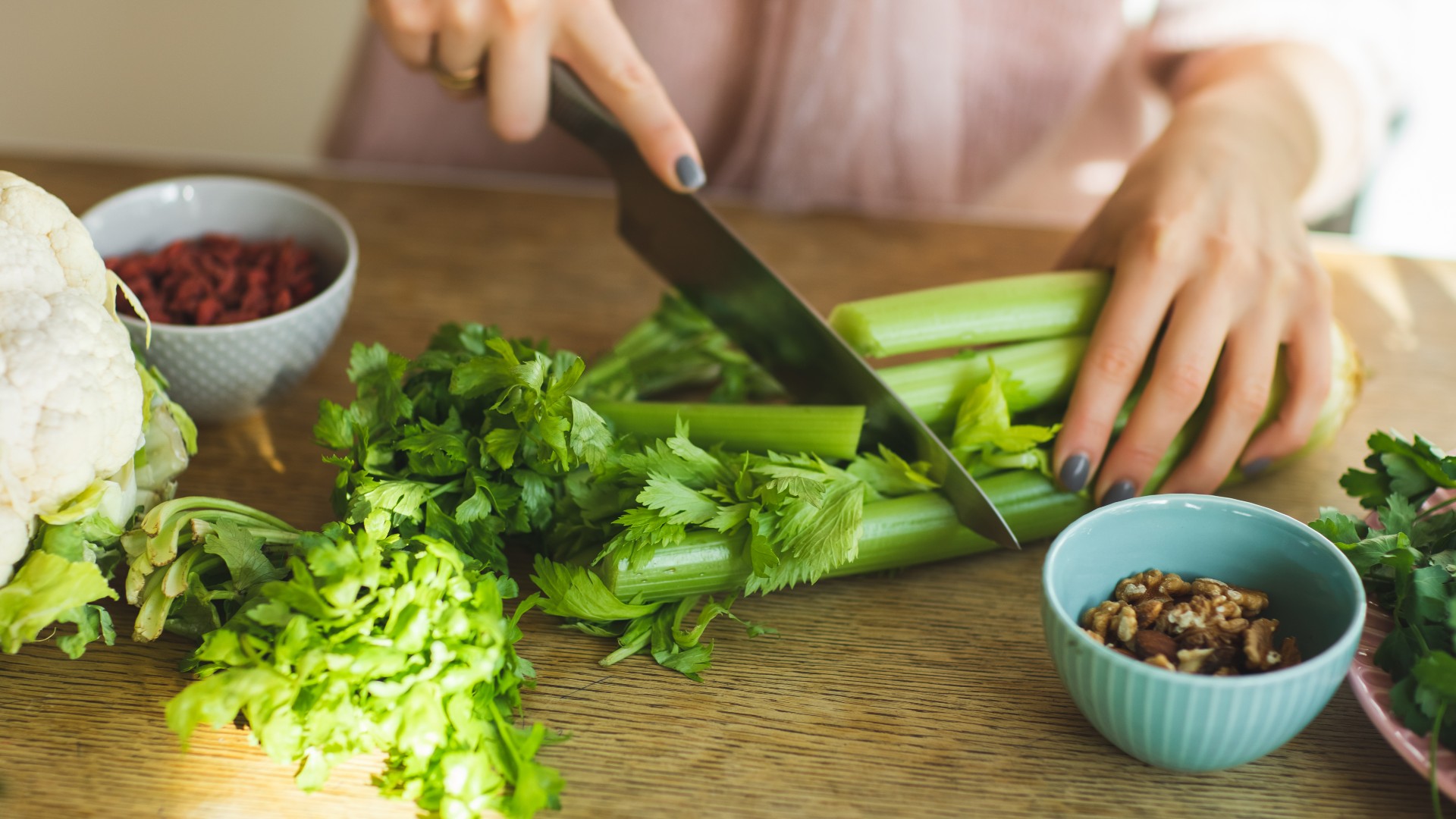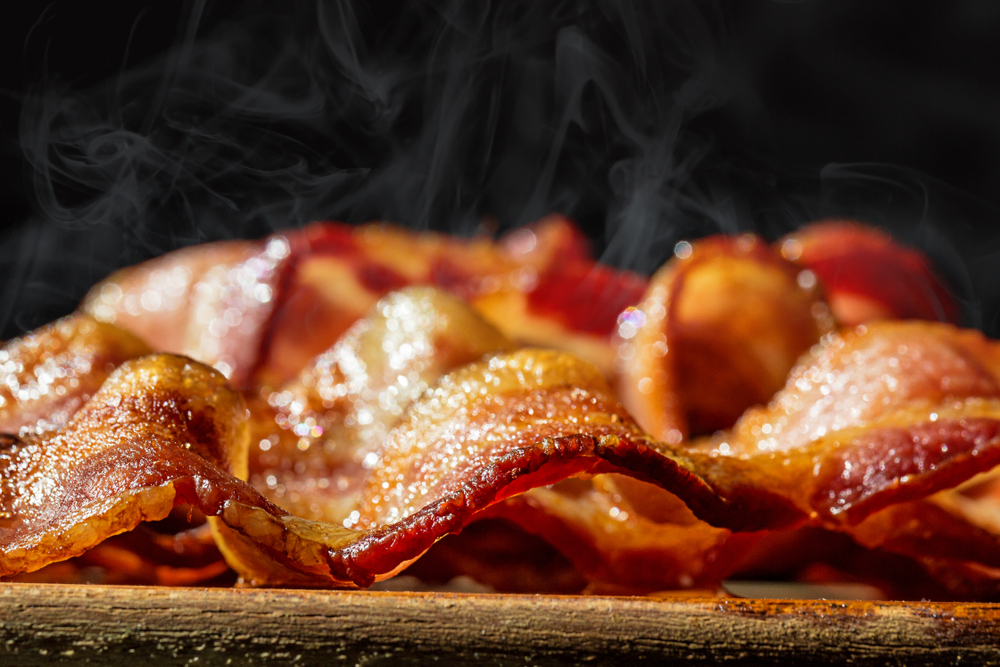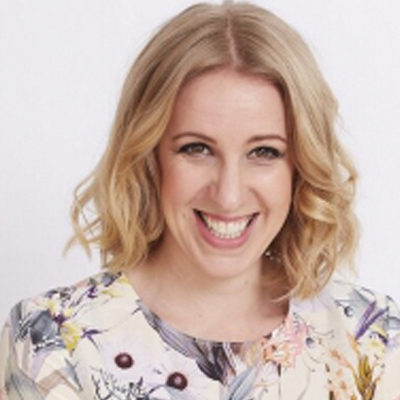A guide to the DASH diet for weight loss
Find out what to eat and what to limit on the DASH diet for weight loss

Ever thought about trying the DASH diet for weight loss? The healthy eating plan was originally designed to help treat or prevent high blood pressure, but it could also boost weight loss, as a study published in JAMA Internal Medicine found.
Dr Deborah Lee from Fox Pharmacy says: “DASH stands for Dietary Approaches to Stop Hypertension. It was initially piloted more than 20 years ago, when it was first realized that blood pressure could be lowered by controlling what we eat.”
Researchers found that high blood pressure was less common in people who restricted their red meat intake and cut back on sodium, fats and refined sugars. Perhaps not surprisingly, a side effect of cutting out these less healthy foods can be weight loss.
So yes, the DASH diet can be effective for weight loss – but don’t expect it to help you drop pounds on its own. For sustainable weight loss you will need to be in a calorie deficit, eating fewer calories than you burn. The best meal replacement shakes could also save your time and energy in the kitchen, without compromising nutrition.
In this article we explain how the DASH diet works, how to employ it most effectively and the foods to eat and avoid. Plus, check out our 7-day DASH diet meal plan for a week's worth of meal ideas.
Dash diet: how does it work?
Anyone who suffers from high blood pressure will be at increased risk of heart attacks and strokes. By limiting consumption of red meat, sodium, fats and refined sugars, the DASH diet aims to reduce the risk of an individual developing hypertension.
So, why does it work? Salt, for instance, makes your body hold onto water. So if you eat too much, the extra water in your blood means there is too much pressure on your blood vessel walls, thus raising your blood pressure.
Saturated fat in turn can boost ‘bad’ cholesterol, which is linked with hypertension. Fatty foods can also increase visceral fat on the body – the really dangerous type of body fat that is stored deep inside the belly, wrapped around the major organs – and this can raise blood pressure by physically compressing the kidneys.
“The DASH diet is low in sodium but high in potassium, calcium and magnesium,” says Dr Lee. “It is also low in saturated fat and sugar – this is what is needed to lower blood pressure and for good heart function.”

The standard DASH diet involves restricting sodium intake to less than 2,300mg per day – approximately just one teaspoon of salt.
There is also an option to follow the ‘Low Sodium DASH diet’ whereby sodium is restricted even more, to less than 1500mg per day.
So, what can you eat?
“The diet contains lean meat and fish, low-fat dairy, whole grains, unsaturated fats and fruit and vegetables,” explains Dr Lee. “High fat, high sugar, and high salt foods should all be avoided. This means not eating processed foods, which tend to be high in all these constituents.”
“You will be eating roughly 2,000 calories per day, including six to eight portions of whole grains, four to five portions of fruit and vegetables, two to three portions of low-fat dairy (such as yogurt), and one ounce of low-fat meat or poultry, or one egg. In addition, four to five portions of nuts and seeds should be consumed every week. You should consume five or fewer servings of sugar per week – for example, one tablespoon of jam is one serving.”
Is the dash diet good for weight loss?
Absolutely, says Dr Lee. “In one 2016 review published in Obesity Reviews, featuring meta-analysis comparing DASH with other low energy diets, it was shown to be statistically significantly beneficial for weight loss,” she says.
“DASH dieters lost approximately 3.1lb (over the course of eight to 24 weeks), 0.4 units of BMI (over eight to 52 weeks), and 0.4 inches more of waist circumference (over 24 weeks) than those on other diets. The effect of the diet was greater in those who were overweight and obese, compared to standard Western diets.
“These may seem like small differences. But one of the key issues about weight loss is continuing to lose weight as time goes by and keeping the weight off. These changes were noted after following the DASH diet for up to one year.”

Dash diet for weight loss: what to eat
As we know, the DASH diet involves cutting back on sodium, red meat and fatty or processed foods and instead eating a diet rich in fruit, vegetables, whole grains and fiber.
Fruit and vegetables are good for lowering blood pressure – and in turn aiding weight loss – not only because they are low in calories and fat but because they are rich in antioxidants, substances found in plants that counteract the effects of oxidative stress, which occurs in our bodies every day
Dr Lee says: “Oxidative stress results in the production of electrically charged particles called Reactive Oxygen Species (ROS). These have the potential to damage DNA and underpin the development of many of the chronic diseases we see today, including hypertension.”
“By eating lots of fruit and vegetables, you are ingesting large amounts of antioxidants and helping to combat oxidative stress, lower blood pressure and reduce your risk of cardiovascular disease.”
“Fruits and vegetables which have bright colors – such as beets, broccoli, sweet potato, butternut squash, carrots, strawberries, raspberries and blueberries - are especially high in antioxidants.”
- Related: Which fruits are low in sugar?

Whole, unprocessed grains are also a good choice. The outer bit (the husk) is especially high in fiber, which has numerous health benefits.
“Fiber helps you feel fuller for longer and helps control appetite,” says Dr Lee. “It helps digestion and reduces the dietary absorption of cholesterol. It also reduces insulin resistance, aiding the metabolism of glucose (helping lower glucose levels in the bloodstream, and avoiding high levels of insulin). Whole grains are often high in potassium, too, which is beneficial for the control of blood pressure.”
So go for brown rice, pasta, bread and cereal, while avoiding white, processed carbohydrates. Try to eat 100% whole grain products.
“Many studies, including one published in Nutrition Journal, have shown that replacing saturated fats in the diet with unsaturated plant-source fats, such as olive oil, helps to lower blood pressure,” continues Dr Lee.
“Choose oils such as sunflower, olive, avocado or flaxseed soil. Avoid animal fats, butter, cream, lard, ghee, and cheese. The reasons for this are complex, but unsaturated fats have been shown to improve insulin sensitivity and to have favorable effects on cholesterol.”
Dash diet for weight loss: what to avoid
If you want to try the DASH diet for weight loss you need to kiss goodbye to high salt foods – and this doesn’t mean simply avoiding adding salt to your meal.
Dr Lee says: “Salt can be hidden in foods, so read the label and be cautious about what you eat. There are often high levels of salt in table sauces, stock cubes, soups, ready meals and snacks.”
“Bacon, salami and other foods containing cured meats and fish can also be high in salt. Don't eat crisps, roasted nuts and other salty snacks. Don’t put a salt cellar on the table or use it in your cooking, flavor foods with garlic, herbs and spices instead.”

Takeaways are also off the menu as they are often fried and high in salt. “Even curries and other convenience foods often have sauces high in salt and fat,” warns Dr Lee.
Instead create your own low fat, healthy options at home instead. You can spray potatoes with dry fry olive oil spray and roast them in the oven, for example, to make low-fat chips.
“Get out of the habit of adding sugar to food and drink,” says Dr Lee. “You can use a sweetener, or slowly wean yourself off to go without. Use a small spoon of honey sometimes as an alternative, and choose low-sugar jam and marmalades.
“You are what you eat. Treat your body with care and make sure you eat well every day, with large amounts of fresh fruit and vegetables. This will work wonders for your general health, too.”
This article is for informational purposes only and is not meant to offer medical advice.
Sign up for the Live Science daily newsletter now
Get the world’s most fascinating discoveries delivered straight to your inbox.

Maddy Biddulph is a freelance health and fitness journalist with over 26 years of experience working for consumer media in the US and UK. As a Level 3 personal trainer and weight loss advisor she is used to trying out and reviewing the latest health and fitness products. At Maddy Biddulph Personal Training, she runs one-to-one and small group sessions, as well as group exercise classes. She specializes in mobility work with seniors and runs regular chair workouts in her hometown of Oxford.










